Looking for reliable shipping services from China to Canada? Top China Forwarder offers top-notch services tailored to your needs. With rich experience in importing and exporting various types of goods, we ensure the best and most affordable transport solutions from China to Canada.
Whether you ship to Vancouver, Montreal, Toronto, or other cities in Canada, we provide the best shipping solutions. Get cost-effective shipping by sea or air. Our guide covers key details about shipping from China to Canada: time, rates, processes, duties, and taxes.
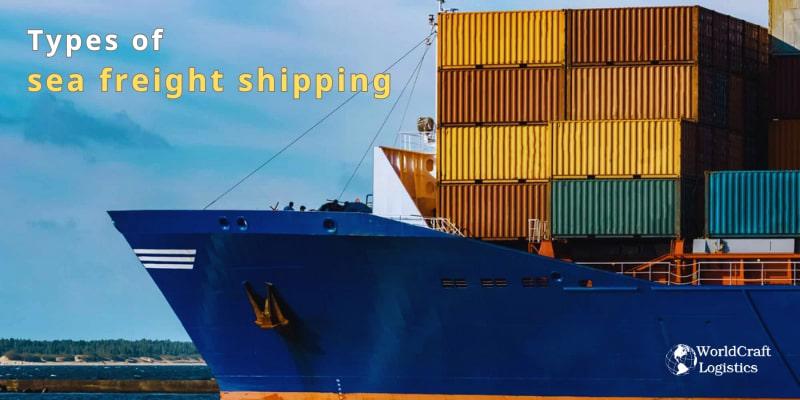
Top China Forwarder maintains a steady volume of shipments from China to Canada, ensuring favorable ocean freight rates and consistent container space. Even during peak seasons, we guarantee smooth and uninterrupted shipments to Canadian ports.
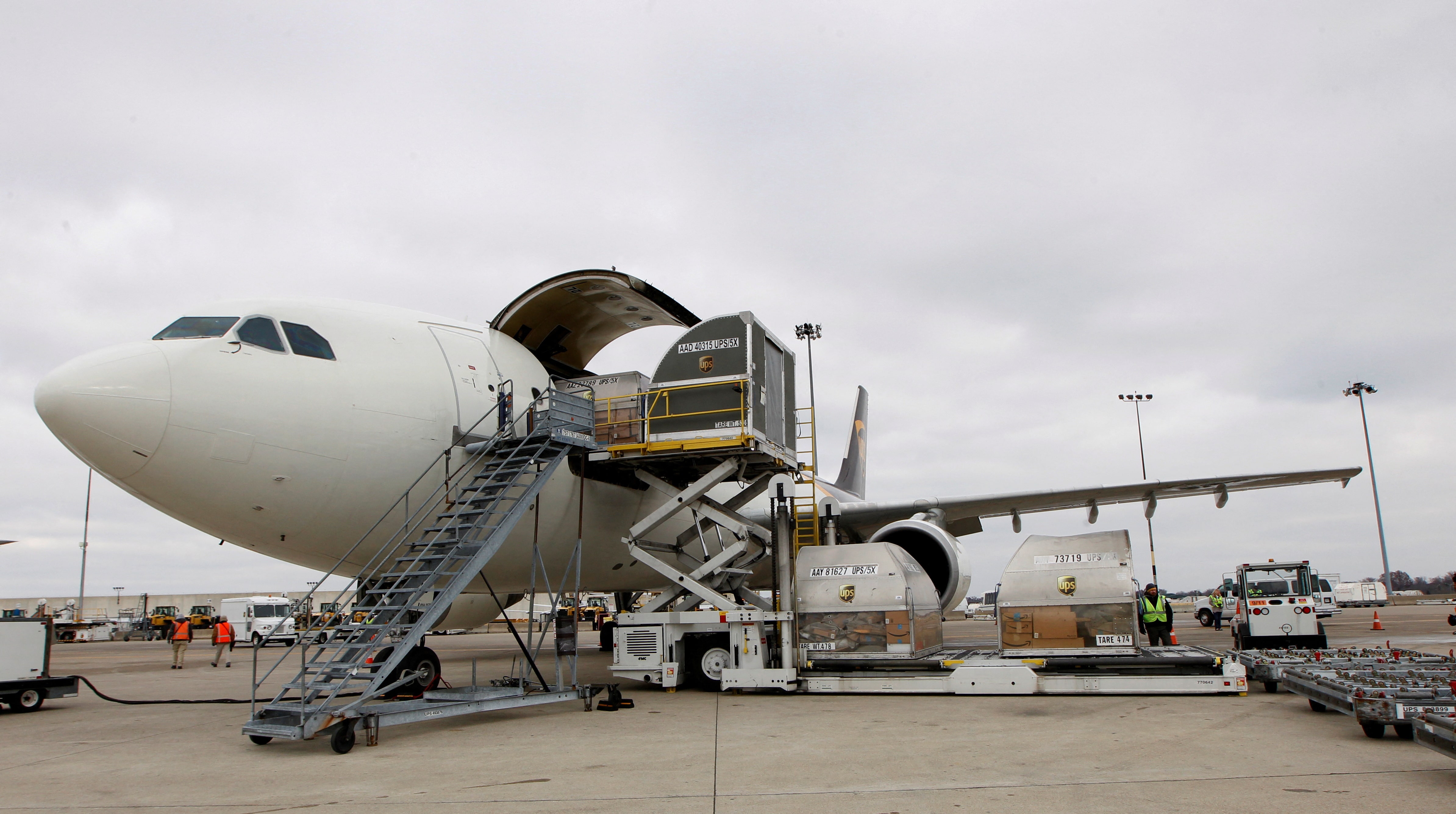
Top China Forwarder offers highly competitive air freight rates tailored to your specific scheduling needs. We ensure cost-effective solutions that are lower than the market average, making air freight a convenient option for our customers.
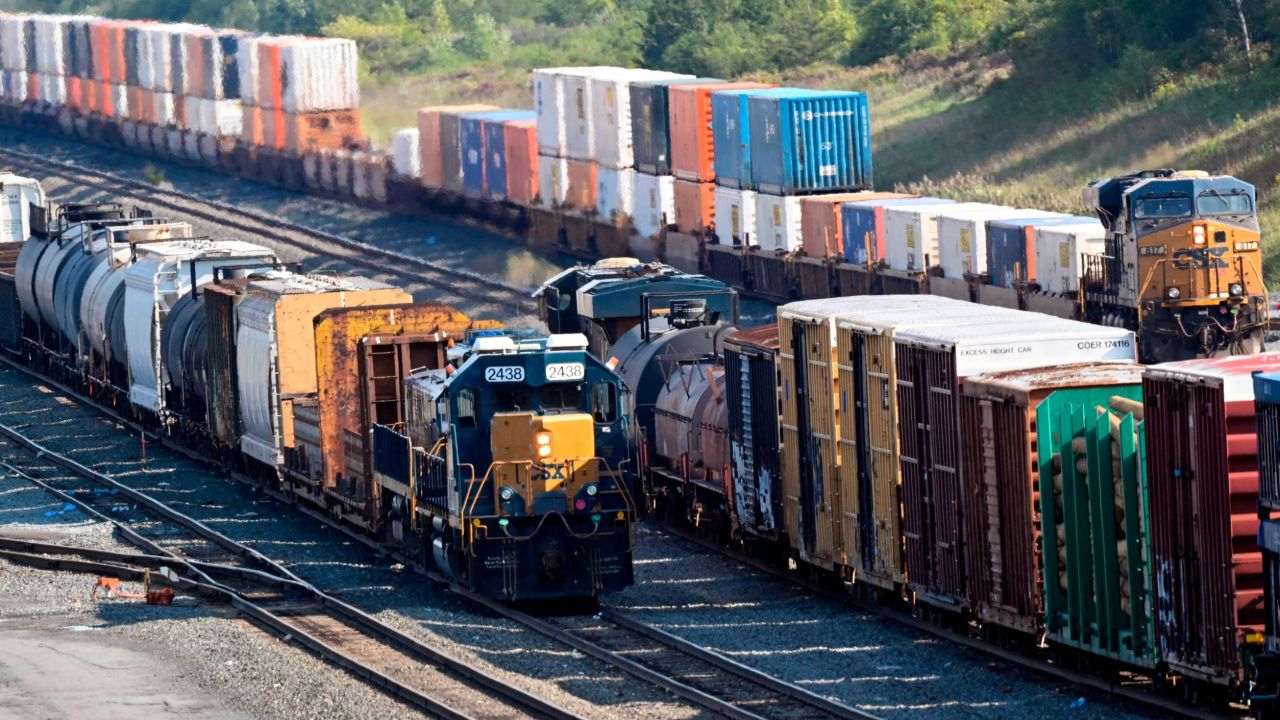
Top China Forwarder provides professional door-to-door services at competitive rates for shipping from China to Canada. Our service covers DDP air freight and DDP sea shipping, ensuring a seamless and hassle-free shipping experience.
Top China Forwarder partners with various carriers, including EMC, COSCO, OOCL, HMM, ONE, MSK, and APL, to offer competitive ocean freight rates and consistent container space availability. We facilitate smooth and efficient FCL shipping from any port in China to any port in Canada, making us the preferred choice for businesses seeking seamless transportation solutions.
Top China Forwarder addresses high destination charges for LCL shipments by offering competitive rates below the market standard. Our commitment to fair pricing reflects our dedication to customer satisfaction and streamlining the shipping process.

Top China Forwarder offers efficient pickup services across China, ensuring timely and reliable transportation of your goods.
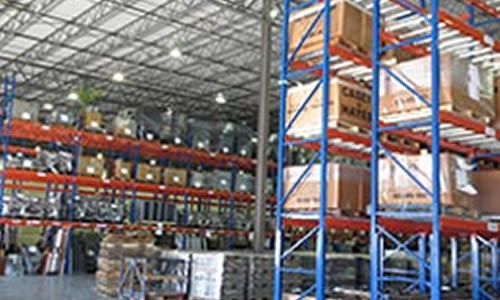
We provide free warehousing services, ensuring secure storage for your goods until shipment.
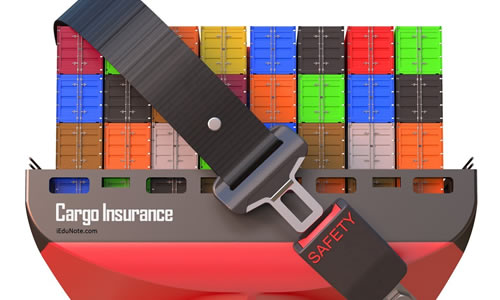
Our comprehensive cargo insurance protects your goods from pickup to delivery, ensuring safe arrival at any FBA Warehouse.

We handle all paperwork and details for smooth and hassle-free customs clearance.
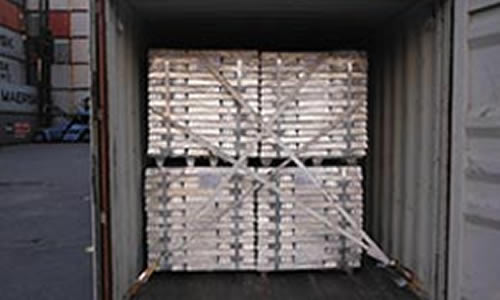
Top China Forwarder ensures safe packaging and loading at your supplier’s factory with meticulous loading inspection services.
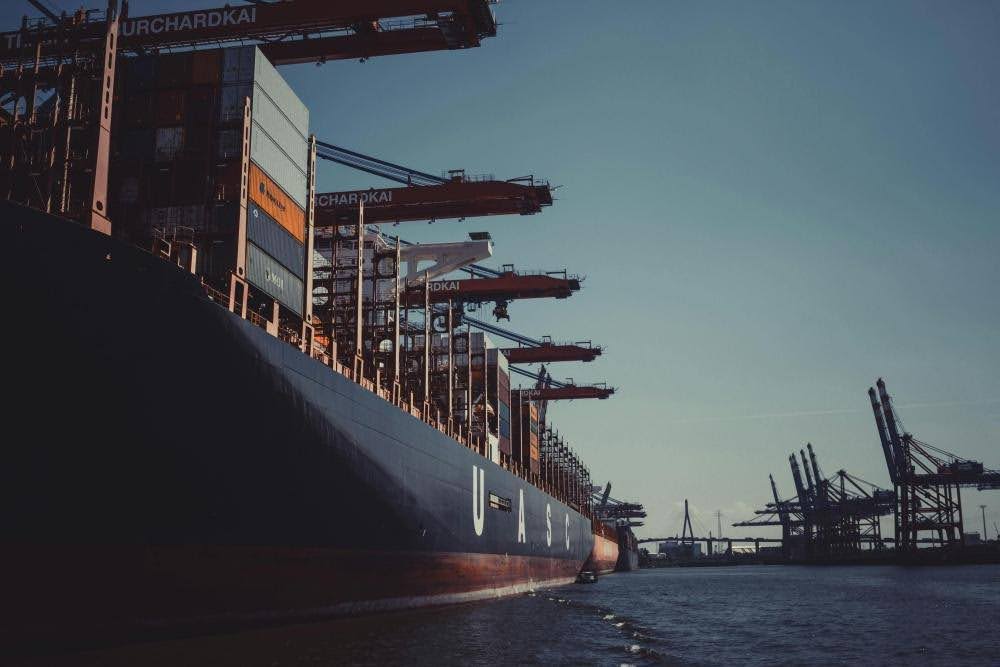
The shipping time from China to Canada can vary depending on several factors, including the mode of transportation, the specific origin and destination, and any customs clearance procedures. Here are some estimated shipping times for different modes of transport:
Air Freight: Air shipping is the fastest option, with typical transit times ranging from 1 to 7 days. However, it can be more expensive compared to other modes of transport.
Sea Freight: Shipping by sea is generally slower but more cost-effective, with transit times typically ranging from 20 to 45 days, depending on the port of origin and destination, as well as the chosen shipping route.
Rail Freight: Rail transportation can offer a balance between speed and cost. Transit times for rail freight from China to Canada can range from 10 to 20 days, depending on the specific routes and logistics providers.
Truck Freight: For shipments traveling overland within North America, such as from a Chinese factory to a Canadian destination, transit times can vary depending on the distance and any potential delays at border crossings. Generally, truck freight can take 5 to 10 days for delivery.
It's essential to consider the specific requirements of your shipment, including budget, time constraints, and the nature of the goods being transported, when choosing the most suitable shipping method. Additionally, factors such as customs clearance procedures and any unforeseen delays can affect the overall shipping time. Therefore, it's advisable to work closely with your logistics provider to get accurate estimates and plan your shipments accordingly.
The cost of shipping from China to Canada can vary significantly depending on several factors:
Mode of Transport: The chosen mode of transport, whether air, sea, rail, or truck, will have a significant impact on shipping costs. Air freight is generally the most expensive, followed by sea freight, rail freight, and truck freight, respectively.
Shipping Distance: The distance between the origin in China and the destination in Canada will affect shipping costs. Longer distances typically result in higher shipping costs due to fuel, labor, and transportation expenses.
Weight and Volume: The weight and volume of the shipment play a crucial role in determining shipping costs. Freight rates are often calculated based on either the actual weight or the volumetric weight (whichever is greater) of the cargo.
Shipping Services: Additional services such as door-to-door delivery, customs clearance, insurance, and tracking may increase the overall shipping costs.
Seasonal Factors: Seasonal fluctuations in demand, such as during peak shipping seasons or holidays, can impact shipping rates and availability of space on vessels or aircraft, potentially affecting costs.
Customs Duties and Taxes: Import duties, taxes, and other customs clearance fees imposed by Canadian authorities will add to the total cost of shipping.
To get an accurate estimate of shipping costs from China to Canada, it's recommended to contact freight forwarders, logistics companies, or carriers directly. They can provide quotes based on your specific shipment requirements, including the type of goods, dimensions, weight, and delivery preferences. Additionally, comparing quotes from multiple providers can help you find the most competitive rates for your shipping needs.
Shipping from China to Canada involves several steps and considerations. Here's a general guide to help you navigate the process:
Choose a Shipping Method: There are several shipping methods available, including air freight, sea freight, and express courier services like DHL, FedEx, and UPS. The choice depends on your budget, urgency, and the type of goods you're shipping.
Select a Freight Forwarder or Carrier: You can work directly with a carrier or use a freight forwarder to handle the logistics. Freight forwarders can help you navigate customs, documentation, and transportation.
Obtain Necessary Documentation: This includes a commercial invoice, packing list, bill of lading or airway bill, and any other relevant certificates or permits. Your freight forwarder or carrier can assist you in preparing these documents.
Packaging and Labeling: Ensure your goods are properly packaged and labeled according to international shipping standards. This helps protect your goods during transit and ensures smooth customs clearance.
Customs Clearance: Goods shipped from China to Canada will need to go through customs clearance. Make sure you have all the required documentation and comply with import regulations and duties.
Track Your Shipment: Most carriers provide tracking services so you can monitor the progress of your shipment. This helps you stay informed and plan for delivery.
Delivery: Once your shipment arrives in Canada, it will be delivered to the designated address. Coordinate with the recipient to ensure someone is available to receive the goods.
Consider Import Regulations and Duties: Be aware of any import regulations and duties imposed by Canada on the type of goods you're importing. These may vary depending on the product and its value.
Insurance: Consider purchasing shipping insurance to protect your goods against loss or damage during transit.
Cost Considerations: Factor in shipping costs, customs duties, taxes, and any other fees associated with shipping from China to Canada. Get quotes from multiple carriers or freight forwarders to compare prices and services.
Remember to plan ahead and allow sufficient time for shipping and customs clearance, especially if you're shipping goods with specific delivery deadlines. Working with experienced freight forwarders or carriers can help streamline the process and ensure your shipment reaches its destination safely and on time.
In the era of globalization, transportation of goods has become increasingly convenient and essential. If you want to ship goods from China to Canada, air freight may be one of the fastest and most reliable options. This article will provide you with a detailed guide on how to arrange air freight services from China to Canada.
First, you need to select a trusted freight forwarding company to arrange air freight services. Ensure that you choose a company with extensive experience and a good reputation, capable of providing comprehensive support and professional advice. You can find a suitable forwarding company by searching online, reading customer reviews, and asking for recommendations from other businesses or peers.
Before arranging air freight, you need to prepare a series of necessary documents and licenses. These may include but are not limited to invoices, packing lists, transportation contracts, import permits, and customs clearance documents. Ensure that your documents are complete and comply with the relevant regulations and requirements of both China and Canada.
Before contacting the freight forwarding company, make sure you have determined the type and size of the goods you intend to transport. This will help the forwarding company provide you with accurate quotations and the best transportation solutions. Different types and sizes of goods may require different types of transportation services and packaging.
Contact your chosen freight forwarding company, provide them with detailed information about your goods, and request quotations and available air freight service options. Compare quotations and services from different companies and choose the option that best suits your needs and budget.
Once you have selected the freight forwarding company and air freight service, negotiate the details of pick-up and delivery with them. Ensure that you provide accurate pick-up and delivery addresses and confirm the estimated arrival time of the goods with the forwarding company.
During the shipment process, stay in touch with the freight forwarding company and utilize their tracking services to monitor the progress of the shipment. This will allow you to stay informed about the location and status of the goods and communicate and make adjustments in a timely manner if necessary.
Finally, ensure that you are prepared to handle customs procedures to ensure the smooth entry of goods into Canada. This may involve providing necessary documents and paying relevant import duties and taxes. Work with the freight forwarding company, as they can often provide customs clearance services to ensure everything proceeds smoothly.
By following these steps, you can successfully arrange air freight services from China to Canada, ensuring that your goods arrive at their destination safely and promptly. Choosing a reliable freight forwarding company is key to successfully completing this process, so be sure to exercise caution when selecting a forwarding company and work with them to ensure everything proceeds smoothly.
Arranging sea shipping from China to Canada involves several steps to ensure a smooth and efficient process. Here's a guide to help you navigate through the process:
Start by selecting a reputable freight forwarder or shipping line that specializes in sea freight services from China to Canada. Look for companies with experience in handling international shipments and a strong track record of reliability. You can research online, ask for recommendations, or consult industry directories to find suitable options.
Provide your chosen freight forwarder or shipping line with detailed information about your cargo, including its type, dimensions, weight, and any special requirements. This will help them determine the most appropriate shipping method and provide accurate pricing.
Request freight quotes from multiple freight forwarders or shipping lines to compare prices and services. Factors that may affect the cost include the volume and weight of your cargo, the shipping method (e.g., FCL or LCL), and the chosen route.
Once you've selected a freight forwarder or shipping line and received a favorable quote, proceed to book your shipment. Provide all necessary documentation, including commercial invoices, packing lists, and any required permits or certificates.
Coordinate the pick-up of your cargo from the supplier's location in China and arrange for its delivery to the port of departure. Your freight forwarder or shipping line can assist with this process and provide guidance on inland transportation options if needed.
Ensure that all customs documentation is completed accurately and submitted to the relevant authorities in both China and Canada. Your freight forwarder or shipping line can help you navigate the customs clearance process and ensure compliance with import regulations.
Stay informed about the status of your shipment by tracking its progress online or through updates provided by your freight forwarder or shipping line. This will allow you to anticipate any potential delays or issues and take appropriate action as needed.
Upon arrival at the port of destination in Canada, arrange for the clearance and delivery of your cargo to its final destination. Work closely with your freight forwarder or shipping line to coordinate these logistics and ensure a smooth delivery process.
By following these steps and working with a reliable freight forwarder or shipping line, you can arrange sea shipping from China to Canada efficiently and effectively. Planning ahead and maintaining open communication throughout the process will help minimize delays and ensure a successful shipment.
Finding the cheapest time of the month to ship a container from China to Canada can be influenced by various factors, including shipping demand, seasonal fluctuations, and carrier schedules. While specific dates can vary, here are some general considerations that may help you find a more cost-effective time to ship:
Off-Peak Seasons: Shipping rates may be lower during off-peak seasons when there is less demand for shipping services. Typically, these periods can vary depending on the specific trade route and market conditions.
End of Month: Towards the end of each month, carriers may be more willing to negotiate lower rates to fill up remaining space on vessels before the next sailing. This can sometimes result in more competitive pricing.
Avoid Peak Seasons: Major holidays and peak shopping seasons, such as Chinese New Year, Golden Week in China, and Christmas holidays, often see increased shipping demand and higher freight rates. Avoiding these peak periods may help in securing lower shipping costs.
Plan Ahead: Booking shipments well in advance allows you to secure better rates and ensures availability during preferred times. Last-minute bookings can sometimes incur higher costs due to limited availability.
Monitor Market Trends: Keep an eye on market trends and fluctuations in shipping rates. Freight rates can vary week by week and even day by day based on market conditions, fuel prices, and carrier capacity.
Negotiate with Carriers: Reach out to multiple carriers and freight forwarders to compare quotes and negotiate rates. Building a good relationship with carriers can also lead to better pricing opportunities.
Consider Transit Time: While seeking the cheapest time to ship, also consider the transit time required for your shipment. Balancing cost savings with delivery timelines is crucial for efficient supply chain management.
It's advisable to work closely with freight forwarders or shipping agents who have expertise in the China-Canada trade route. They can provide insights into market dynamics, seasonal trends, and help you optimize your shipping strategy to achieve the best balance of cost and service.
When importing goods from China to Canada, you may be required to pay various taxes and duties, depending on factors such as the type of goods, their value, and their country of origin. Here are the main types of taxes and duties you may encounter:
All goods imported into Canada are subject to the Goods and Services Tax (GST), which is currently set at a rate of 5%. This tax applies to the total value of the imported goods, including the cost of the goods, shipping, and any applicable duties.
Customs duties are taxes imposed by the Canadian government on imported goods and are calculated based on the value of the goods and their classification according to the Customs Tariff. The duty rates vary depending on the type of goods and their country of origin, as determined by the tariff classification.
Certain goods, such as alcohol, tobacco, and certain luxury items, may be subject to additional excise taxes upon importation into Canada. These taxes are imposed in addition to the GST and customs duties and are specific to certain types of goods.
In addition to the GST, some provinces and territories in Canada impose a Provincial Sales Tax (PST) or participate in the Harmonized Sales Tax (HST) system. The HST combines the GST with the provincial sales tax and applies to the total value of imported goods in participating provinces.
In addition to taxes and duties, you may also be required to pay other fees and charges associated with importing goods into Canada, such as customs processing fees, inspection fees, and brokerage fees charged by customs brokers or freight forwarders.
To calculate the total amount of taxes and duties payable when importing goods from China to Canada, you can use the Canada Border Services Agency's (CBSA) online Customs Tariff tool to determine the applicable duty rates based on the classification of your goods. You can then calculate the GST, any applicable excise taxes, and any provincial sales taxes or HST based on the total value of the imported goods.
It's important to note that tax and duty rates may change over time, and the specific requirements may vary depending on the nature of the goods and their intended use. Therefore, it's advisable to consult with a customs broker or import/export specialist for guidance on your specific importation requirements and obligations.
The choice between Less than Container Load (LCL) and Full Container Load (FCL) shipping from China to Canada depends on various factors, including the volume of your cargo, the nature of the goods, cost considerations, and your specific shipping requirements. Here are some considerations to help you decide:
Choose LCL (Less than Container Load) when:
Smaller Volume: If your shipment volume is relatively small and does not fill an entire shipping container, opting for LCL can be cost-effective. LCL allows you to share container space with other shippers, reducing costs compared to booking an entire container.
Flexible Shipping Schedule: LCL shipments are more flexible in terms of scheduling, as they can be consolidated with other shipments bound for the same destination. This flexibility can be beneficial if you don't have strict delivery deadlines.
Lower Inventory Levels: LCL can be a preferred option if you want to maintain lower inventory levels or have limited storage space, as you can ship smaller quantities more frequently.
Cost Savings: LCL shipping can be more cost-effective for smaller shipments, as you only pay for the space your cargo occupies within the container. This can be advantageous if you're looking to minimize shipping costs.
Choose FCL (Full Container Load) when:
Large Volume: If you have a significant volume of goods to ship, filling an entire container with your cargo may be more practical and cost-effective. FCL allows you to utilize the entire container space, providing greater control over your shipment and reducing the risk of damage during transit.
High-Value or Fragile Goods: FCL shipping offers greater security and protection for high-value or fragile goods, as your cargo is not co-mingled with other shipments. This can help minimize the risk of damage or loss during transit.
Specific Loading Requirements: If your cargo requires specific loading or handling procedures, such as temperature control, hazardous materials, or specialized equipment, FCL shipping may offer more flexibility and customization options.
Faster Transit Times: In some cases, FCL shipments may have shorter transit times compared to LCL, as there is no need to wait for consolidation or deconsolidation at transshipment points. This can be beneficial if you have time-sensitive shipments.
Ultimately, the decision between LCL and FCL shipping depends on your specific cargo, budget, and shipping requirements. It's essential to carefully evaluate these factors and consult with your freight forwarder or logistics provider to determine the most suitable option for your shipment from China to Canada.
When shipping goods from China to Canada, you can track your shipment using various methods provided by the shipping company or freight forwarder you've chosen to handle the logistics. Here's how you can track your shipment:
Once your shipment is booked and processed, the shipping company or freight forwarder will provide you with a tracking number. This unique identifier allows you to track the status and location of your shipment throughout its journey from China to Canada.
Most shipping companies and freight forwarders offer online tracking portals on their websites where you can enter your tracking number to access real-time updates on your shipment's status. These portals typically provide information such as the current location of the shipment, expected delivery date, and any updates or delays.
Some shipping companies and freight forwarders also offer email or SMS updates to keep you informed about the progress of your shipment. You may receive notifications when your shipment is picked up, reaches key transit points, or encounters any delays or exceptions.
Many shipping companies and freight forwarders have mobile apps that allow you to track your shipments conveniently from your smartphone or tablet. These apps often provide the same features as the online tracking portals, allowing you to monitor your shipments on the go.
If you encounter any issues or have questions about your shipment, you can contact the customer service department of the shipping company or freight forwarder for assistance. They can provide you with updates on your shipment's status, address any concerns, and help resolve any issues that may arise during transit.
If your shipment is held up at customs in either China or Canada, your customs broker can also provide assistance with tracking and resolving any clearance issues. They have access to additional information and resources to help expedite the customs clearance process and ensure the smooth delivery of your shipment.
By utilizing these tracking methods and staying in communication with your shipping company, freight forwarder, and customs broker, you can effectively monitor the progress of your shipment and ensure that it arrives safely and on time in Canada.
When shipping goods from China to Canada, several documents are typically required to facilitate the importation process and ensure compliance with customs regulations. The specific documents you need may vary depending on the nature of the goods, their value, and other factors. However, here are some common documents that are often required for shipments from China to Canada:
A commercial invoice is a document issued by the seller (exporter) that provides detailed information about the goods being shipped, including their description, quantity, value, and selling price. This document is used for customs clearance and valuation purposes.
A packing list is a document that accompanies the shipment and provides a detailed breakdown of the contents of each package or container, including item descriptions, quantities, weights, and dimensions. It helps customs officials verify the contents of the shipment and ensure compliance with import regulations.
The bill of lading (for sea shipments) or air waybill (for air shipments) is a legal document issued by the carrier that serves as a receipt for the goods and evidence of the contract of carriage. It contains information about the shipment, including the names and addresses of the shipper and consignee, the description of the goods, and the terms of carriage.
A certificate of origin is a document that certifies the country of origin of the goods being shipped. It may be required to qualify for preferential duty rates under trade agreements or to comply with import regulations in Canada.
Certain goods may require an import permit or license to be imported into Canada. These permits or licenses are issued by relevant authorities and may be required for goods such as firearms, controlled substances, agricultural products, and textiles.
In some cases, the exporter in China may need to provide export documentation, such as an export license or export declaration, to comply with Chinese export regulations and facilitate the shipment of goods.
Depending on the nature of the goods and specific import requirements, additional documents may be required, such as certificates of inspection, phytosanitary certificates for agricultural products, certificates of compliance, and other regulatory documents.
It's essential to work closely with your freight forwarder, customs broker, or shipping agent to ensure that you have all the necessary documentation in place and that it is correctly completed and submitted to facilitate the smooth clearance and delivery of your shipment from China to Canada.
I am a lot of satisfied with crafted by Top China Forwarder. Each shipment was finished so rapidly with no single harm to the items. Likewise, their cargo rates were overly low, and they have an exceptional client care unit.
Operations deal with the way the vehicles are operated, and the procedures set for this purpose, and policies. In the transport industry, operat ions and ownership of infrastructure can be either country.
Initially I doubted their commitment whether they’ll be able to deliver it on time but they actually delivered it two days before the commitment. The executive was also very understanding. I received my items in a perfect state! Everyone should work with them.